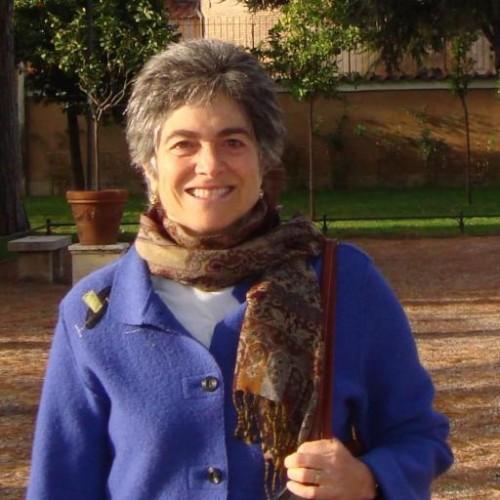Framework fuels the need to read
Strategies boost literacy of students in content-area classes
By Ruth Schoenbach
October 2010
Read the remaining content with membership access. Join or log in below to continue.
Sed ut perspiciatis unde omnis iste natus error sit voluptatem accusantium doloremque laudantium, totam rem aperiam, eaque ipsa quae ab illo inventore veritatis et quasi architecto beatae vitae dicta sunt explicabo. Nemo enim ipsam voluptatem quia voluptas sit aspernatur aut odit aut fugit, sed quia consequuntur magni dolores eos qui ratione voluptatem sequi nesciunt. Neque porro quisquam est, qui dolorem ipsum quia dolor sit amet, consectetur, adipisci velit, sed quia non numquam eius modi tempora incidunt ut labore et dolore magnam aliquam quaerat voluptatem.
Note: The Strategic Literacy Initiative team atWestEd has recently been awarded funding through the Investing in Innovation Fund (i3) from the U.S. Department of Education to scale up their content-specific literacy professional development in four states to reach an estimated 300 schools, 2,800 teachers, 250 teacher leaders, and 400,000 students.
References
Alvermann, D. & Moore, D. (1991). Secondary school reading. In R. Barr, M.L. Kamil, P. Mosenthal, & P.D.Pearson (Eds.), Handbook of reading research (Vol. II, pp. 951-983). New York: Longman.
Ball, D. & Cohen, D. (1999). Developing practice, developing practitioners: Toward a practice-based theory of professional education. In L. Darling-Hammond & D. Sykes (Eds.), Teaching as the learning profession: Handbook of policyand practice. San Francisco: Jossey-Bass.
Recent Issues
LEARNING DESIGNS
February 2025
How we learn influences what we learn. This issue shares essential...
BUILDING BRIDGES
December 2024
Students benefit when educators bridge the continuum of professional...
CURRICULUM-BASED PROFESSIONAL LEARNING
October 2024
High-quality curriculum requires skilled educators to put it into...
LEARNING TO PIVOT
August 2024
Sometimes new information and situations call for major change. This issue...










